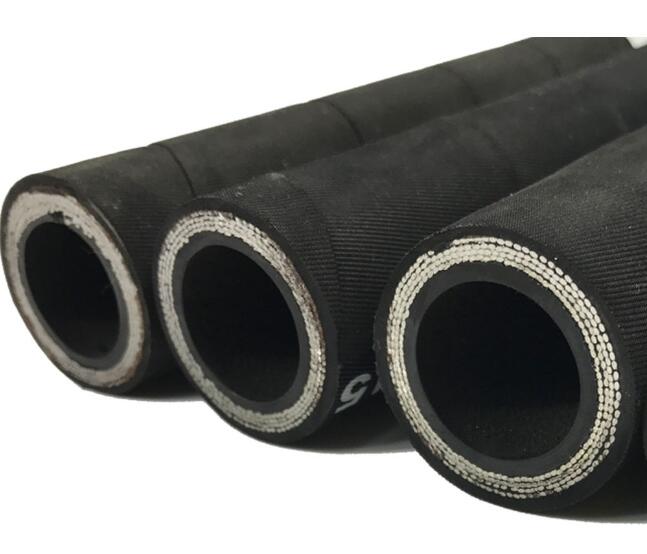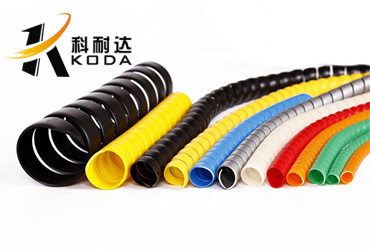5 Safety knowledge you must know about hydraulic rubber hose
Dangers of hydraulic rubber hose?
Even with proper selection and installation, hose life may be significantly reduced without a continuing maintenance program. The severity of the application, risk potential from a possible hose failure, and experience with any hose failures in the application or in similar applications should determine the frequency of the inspection and the replacement for the products so that products are replaced before any failure occurs. The dangers associated with hydraulic systems, specifically, hydraulic hose assemblies can be devastating. Unfortunately, they can too often overlooked. It is important to know that hydraulic oil not only creates slippery surfaces leading to slip and fall hazards, but can also cause skin burns and even be injected into the body when a hose may burst. Additionally, hydraulic oil can be a fire danger if around an ignition source.

What should we do when in danger?
Safety is the overriding priority at Standards Rubber as it should be with every company dealing in hydraulic hosing or any other potentially dangerous assembly. If a hose failure occurs, immediately shut down the equipment and leave the area until pressure has been completely released from the hose assembly. Simply shutting down the hydraulic pump may or may not eliminate the pressure in the hose assembly. Many times check valves, etc., are employed in a system and can cause pressure to remain in a hose assembly even when pumps or equipment are not operating. Tiny holes in the hose, commonly known as pinholes, can eject small, dangerously powerful but hard to see streams of hydraulic fluid. It may take several minutes or even hours for the pressure to be relieved so that the assembly may be examined safely.
Extreme caution when working with fluids under pressure
Much depends on the type and temperature of the fluid being transferred.The impact of a hose failure can be more serious in some applications than others. The pressure the system is operating within and location of the failure are both key issues. All could lead to environmental exposure and/or risk of injury to someone working close by, because hoses can come apart throwing debris and/or whip around hitting anything in their path and/or release large amounts of oil or other fluids,fluids under pressure can be dangerous and potentially lethal and, therefore, extreme caution must be exercised when working with fluids under pressure and handling the hoses.
Avoiding failure is key
A well maintained hydraulic rubber hose is a safe hydraulic rubber hose assembly.We believe that implementing a good preventative maintenance program with detailed machine-specific instructions and standard work tasks, is always the best preventative measure. We do this for all equipment during the integration of their maintenance programs. A maintenance program must be established and followed by the user and, at minimum, must include the following actions.
1. Visual inspection of the rubber hose and hydraulic fitting — It is necessary to inspect the hose assembly regularly.
2. Visual inspection of all other related hydraulic rubber hose assembly components
3. Functional test — Operate the system at maximum operating pressure and check for possible malfunctions and leaks.
4. Replacement intervals — Hose assemblies and elastomeric seals used on hose fittings and adapters will eventually age, harden, wear and deteriorate under thermal cycling and compression set.
5. Hose inspection and failure — Hydraulic power is accomplished by using high-pressure fluids to transfer energy and do work.
Safety first
It is simply a given that every manufacturing company working with hydraulic assemblies or any other manufacturing equipment and systems, must put safety first and work hard to eliminate the risks and dangers associated with any of the working components. Hydraulic rubber hoses and assemblies can be kept safe by implementing and continuously improving preventive maintenance and inspection programs. Deploying focused workforce training on hydraulic systems and assemblies and implementation of strict use of all required standard procedures, ensures a safe workplace.







